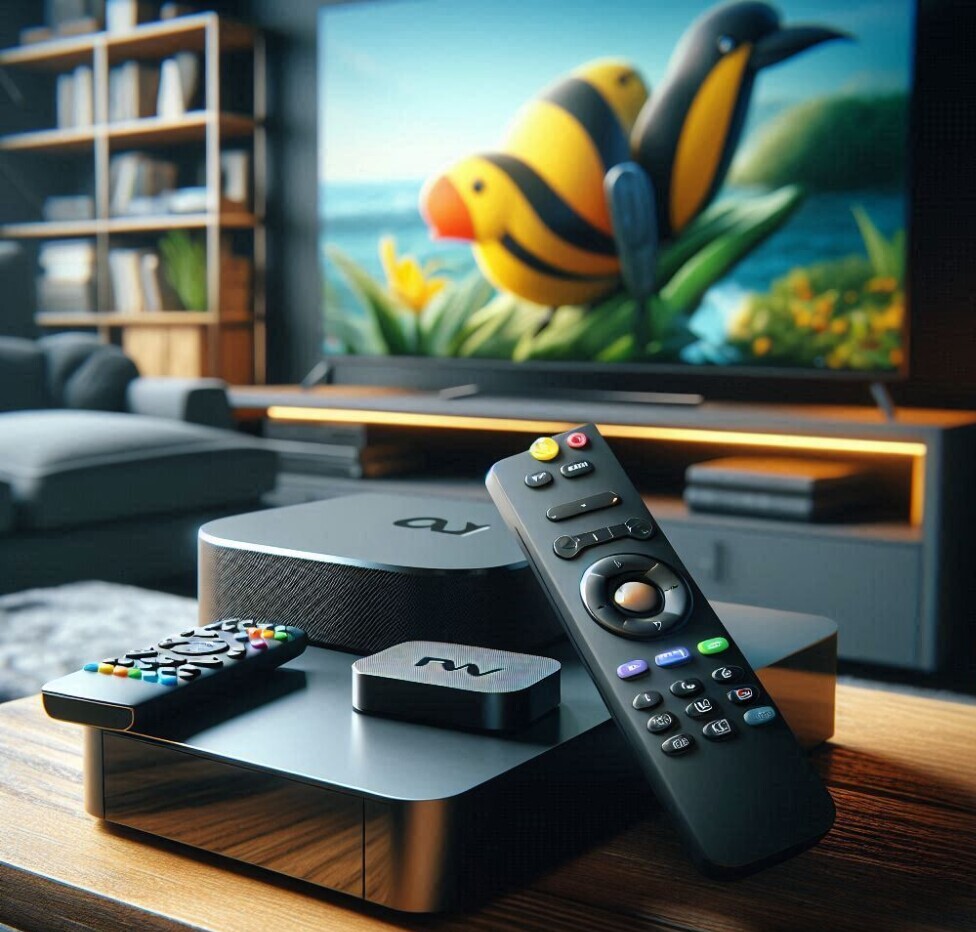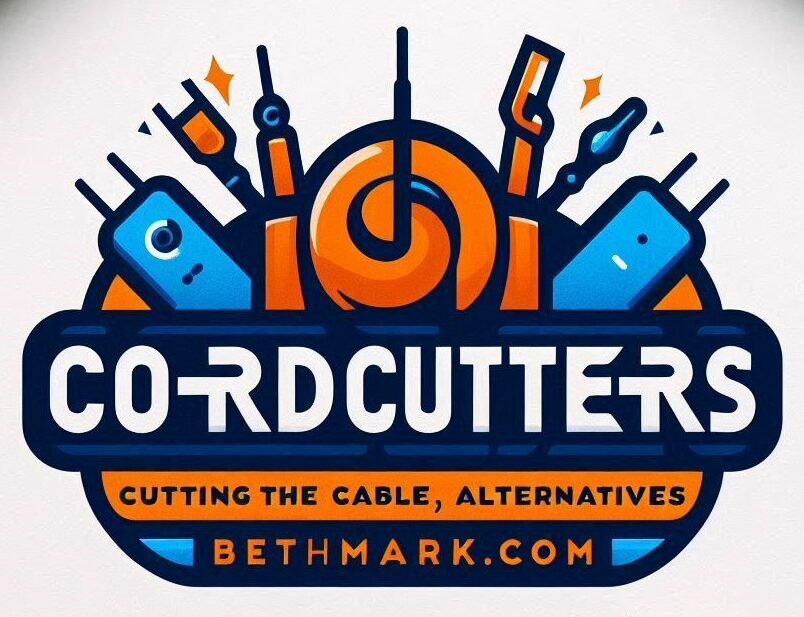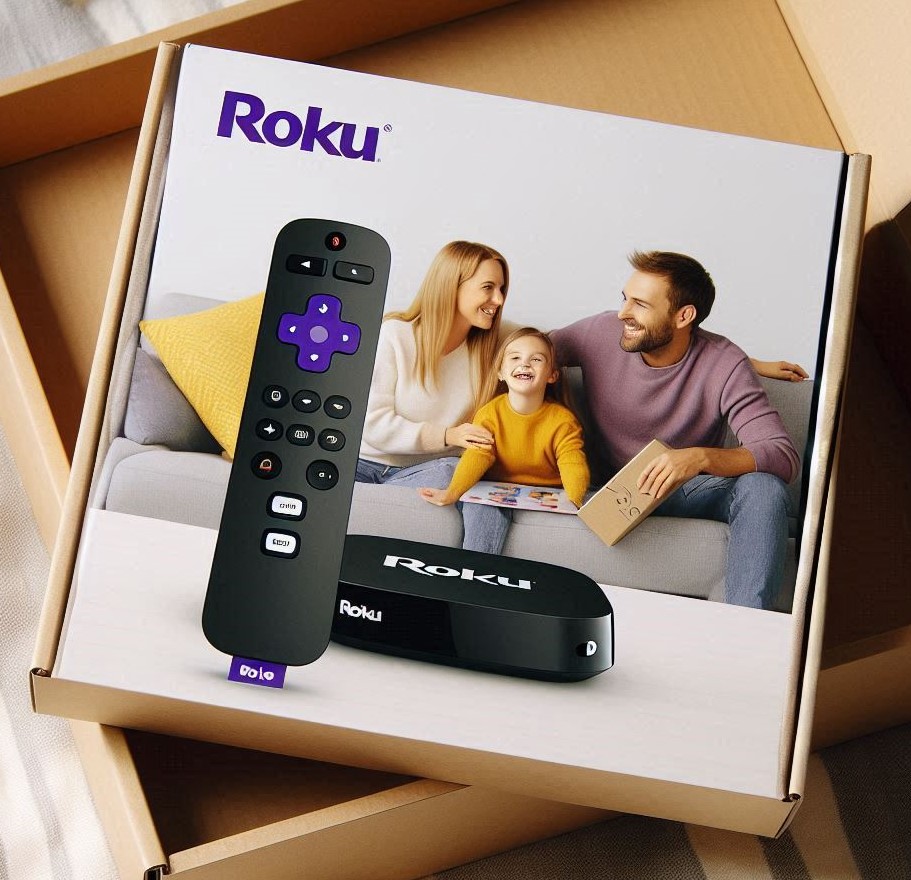Streaming devices like Roku and Fire Stick turn your TV into a customizable entertainment hub—here’s how they work and how to pick the right one. Streaming devices have become a staple in many living rooms, transforming the way we consume entertainment. Imagine having a whole world of movies, TV shows, music, and even games at your fingertips without the need for traditional cable services. That’s exactly what a streaming media device offers. It’s like having your personal entertainment hub, connecting your TV to an endless supply of content from various streaming services. In my opinion, the only way to watch TV!
The rise in popularity of streaming TV services is no surprise. More and more folks are cutting the cord with traditional cable in favor of something more flexible and customizable. Instead of being shackled to a cable package with countless channels you never watch, streaming lets you pick and choose services like Netflix, Hulu, or Disney+, tailor-made to fit your tastes. Not totally ala carte, but a lot better than cable.
This broad range of options is possible because of the sophisticated ecosystem of streaming hardware and software that continues to expand. Streaming devices bridge the gap between your TV and the internet, giving you the power to stream content seamlessly. Whether you’re into binge-watching the latest series or catching live sports events, there’s a streaming solution that caters to your needs. The best part? It’s often as simple as plugging in a device and pressing play.

Understanding the Mechanics of Streaming Devices
Streaming devices might seem like magic boxes, but they’re really just clever little gadgets that connect your TV to the internet. At their core, they work by linking your TV or home theater setup to your home Wi-Fi, unlocking endless entertainment options with just a few clicks on the remote. A computer for your television.
Setting these devices up is usually a breeze. Most of them connect to your television using an HDMI cable, and once that’s done, it’s just a matter of connecting to your home Wi-Fi network. If you’re using a ‘stick’ style device, it’s even simpler as you can plug it directly into the HDMI port on your TV. No need to be a tech wizard here! My first Roku did not come with any instructions, nothing! You just hook up the HDMI cable to the tv and plug it in, boom you’re done!
Casting devices like Google Chromecast take a slightly different route. Instead of streaming directly from your device, they let you play media on another gadget like a laptop or tablet, which then streams the content to your TV over Wi-Fi. It’s a neat way to project your favorite media onto a bigger screen.
Most streaming devices today offer a jaw-dropping range of additional channels and apps. Some require a separate subscription fee, while others are free. You can catch live content or opt for on-demand services, catering perfectly to your viewing habits. It’s not just about video either—many devices also let you stream your favorite tunes or relive your holiday memories through online photo albums.
Exploring Top Streaming Media Devices: Choosing What’s Right for You
There’s no shortage of options when it comes to streaming media devices, each offering its own unique set of features and services. Deciding which one suits your needs can feel like navigating a maze, but the variety ensures there’s something out there for everyone.
Among the top contenders, you’ll find well-known brands like Amazon, Apple, Google, and Roku, each with a different spin on the streaming experience. Amazon Fire TV, whether it’s the box-style or the sleek Fire Stick, is a favorite for those already in the Amazon ecosystem, offering ease of use with your Amazon Prime subscription.
Apple TV is another popular choice, especially for those who appreciate that polished Apple design and seamless integration with other Apple devices. It offers both HD and 4K options, perfect for those who crave ultra-crisp picture quality, though it does lean towards being pricier.
Google Chromecast, on the other hand, takes a more minimalist approach by casting your favorite content from another device to your TV. This makes it a top pick for folks who enjoy experimenting with different apps and aren’t attached to a single platform.
Roku has carved out its niche with a range of models that cater to different needs and budgets. It’s known for its user-friendly interface and offers a wide variety of “channels” or apps to explore, making it a versatile option for any TV setup.
Gaming consoles like Xbox One S are also capable of streaming, adding value for anyone who loves gaming and wants a multifunctional device. With so many choices out there, doing a bit of homework to match the device to your entertainment style, existing equipment, and budget will help you make the best choice.
The market only continues to grow, with new products entering the scene regularly. It’s worth considering what sort of experience you’re looking for and diving into the specifics of each to see which feels like home in your entertainment setup.

Leveraging Streaming Options for Personalized Viewing Experiences
Streaming services have completely shifted the content landscape, putting the power of choice right in the viewer’s hands. With a range of services offering different combinations of media, it’s easier than ever to craft a personalized viewing experience that fits your tastes perfectly.
This freedom means you can mix and match services according to your interests. Love documentaries? Platforms like Apple TV or Netflix have you covered. A sucker for live sports? FuboTV or Sling TV might be right up your alley. The beauty of streaming is that it adapts to your unique viewing style.
An amazing side effect of this streaming revolution is the explosion of niche programming. Producers are now crafting shows for specific audiences, so you’re not limited to what’s popular in mainstream circles. Whether you’re into vintage films or the latest cooking shows, there’s plenty to explore.
It’s not just about sitting back and passively watching TV anymore. You can now curate your own set of channels and subscriptions, creating a virtual buffet of content at your disposal. With advanced personalization features, you can discover new favorites based on what you already love.
Pairing the right device with the right service can optimize your entertainment setup. Whether you’re all about maximum visual quality with 4K streaming or appreciate a simple, straightforward interface, there’s a device and streaming combo that’s a perfect fit. It’s about making your setup work around you, putting choice and convenience at the forefront of your digital living room.
Final Thoughts
Streaming devices have revolutionized how we watch TV, giving us control, flexibility, and access to endless content. Whether you’re building a full cord-cutting setup or just want smoother binge nights, the right device makes all the difference.
- 👉 Want help choosing between Roku, Fire Stick, or Apple TV? Drop a comment with your favorite apps and I’ll recommend the best fit.
- 👉 Check out my other posts for streaming service comparisons to pair with your new device.
Thanks for reading,
Mark
mark@bethmark.com





As a person that streams TV very often, I’m also misunderstood on what streaming device does what Nowadays. But this article was really captivating to the eye, I also have a few questions to ask in regards of the topic:
Can you use a streaming device without a smart TV?
What are some popular streaming devices available today?
Can you use streaming devices to watch live sports or news?
Hello Linda,
Thank you so much for visiting my website! The answer to your question is most definitely you can use a streaming device without a smart tv. Smart televisions have a lot of features that streaming devices offer, so it is very suitable to have a streaming device with a regular television. Depending on what device you use, it may offer a lot more than some smart tvs. So, it is a great addition to a conventional television and yet could be a good addition to a smart tv. You will need a converter if your tv doesn’t use HDMI ports.
When I got my first Roku, I had a pretty good LG Smart TV. But the Roku had so much more to offer that I almost always used the Roku for everything. It was more convenient, and the apps loaded a lot faster on the Roku than it did on the LG.
There are several brands to choose from! My personal favorite is Roku. But Amazon Fire, Google Chromecast and Apple TV, along with Roku lead the way!
And oh boy, can you watch sports with streaming devices! Depending on what streaming platform you use, most of them carry sports of all kinds. Roku has entered the Major League Baseball market and Amazon currently offers Thursday Night NFL Football. If you are looking to watch a particular team, pick a platform that carries that team’s games. I have FanDuel Midwest Sports Network to watch the St Louis Cardinals, St Louis Blues and the Indiana Pacers.
If you have any other questions, just ask.
Mark
Hi Linda,
I must apologize! I had entered a response to your comment, but it has disappeared. So, I will try again.
First and foremost, thank you for visiting my website. To answer your first question, most definitely you can use a streaming device on a standard TV. If you don’t have HDMI ports on your tv, you can hook it up using an HDMI to RCA converter (also called HDMI to AV or composite converter). Otherwise just plug it into and HDMI port on your tv.
There are several streaming devices available. The most popular brands are Roku, Amazon Fire, Google Chromecast and Apple TV. These brands carry several different models at varying prices. Personally, I prefer the Roku Ultra, it is Roku’s top model. The Amazon Fire is quite good also, my son has it and loves it.
As far as live sports and news, most but not all of the Live TV Streaming Services provide a wide selection of live sports. If you are a really big sports fan, check out Fubo TV. Fubo’s platform has the most sports options of all of them. If you don’t go with a Live TV Streaming Service, Amazon Prime Video has the NFL’s Thursday Night Football and Roku has free channels, including Major Leage Baseball. It has a weekly broadcast MLB Sunday Leadoff, which is the first game of every Sunday.
If you have any other questions, please feel free to ask, I will help you make a decision on what the best setup works for you.
Mark
This was such a well-rounded and easy-to-follow guide to the world of streaming! I loved how you broke down both the tech side and the personal viewing experience. It really made the whole concept approachable. I’ve been using a Roku for years, but now I’m tempted to try Chromecast for more flexibility. Have you noticed any clear advantage when switching between multiple devices depending on the content type?
Hi Kavitha,
Thank you so much—I’m really glad the guide helped make things clearer! Roku is a solid choice, especially for ease of use and a straightforward interface. As for switching between devices, yes, there can be some advantages depending on what you’re watching or how you like to control playback.
For example, Chromecast (especially with Google TV) tends to shine when you’re casting content from your phone or using voice commands with Google Assistant—it feels very seamless for YouTube, live TV apps, or even pulling up content from a browser. Roku, on the other hand, offers a more traditional remote-based experience that’s great for casual browsing or flipping through different apps.
Sometimes I’ll even switch based on who’s watching—Chromecast works well when someone wants to quickly share a video from their phone, while Roku is more family-friendly for everyone to scroll and choose together. So yes, mixing devices can offer flexibility, especially if you like customizing how you interact with your content.
Are there any particular types of shows or apps you use most? That might help narrow down if it’s worth adding another device to the mix.
Mark